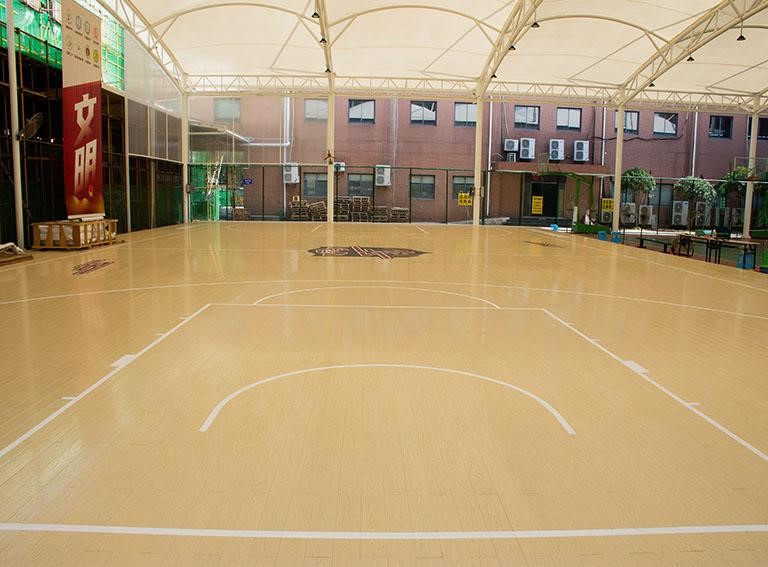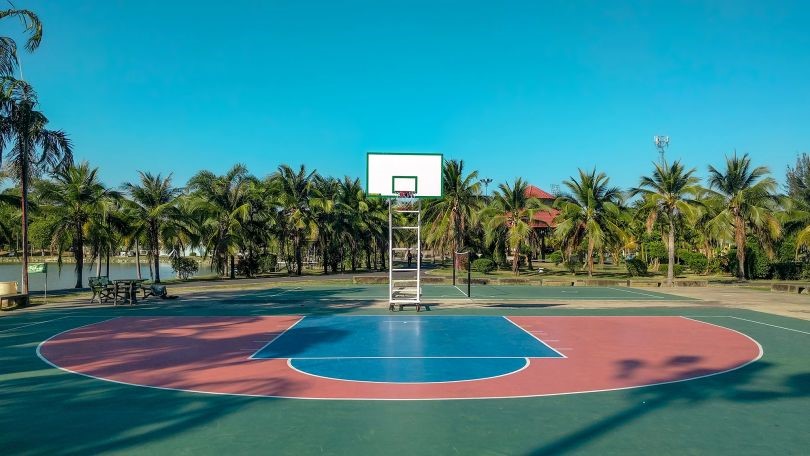How to Build Your Own Backyard Basketball Court In 2023
Jan 11, 2023
iCrowdMarketing powered by iCrowdNewswire
Having your own backyard basketball court can be a dream come true if you're a basketball fan. It will provide you with a place to practice your skills and play pick-up games with friends; it can also be a great way to get some exercise and spend time outdoors. Building an outdoor basketball court can seem like a daunting task, but with a little planning and some basic DIY skills, it can be a fun and rewarding project.Finding a Location:
The first step in building a backyard basketball court is to find a suitable location in your yard. Look for a flat, open area with good drainage and enough space for a full-sized court. It's important also to consider the sun and wind patterns in your yard, as you'll want to make sure the court is well-lit and comfortable to play on.
Choosing a Surface:
There are a few different options to consider when it comes to the surface of your basketball court. Asphalt and concrete are the most popular choices, both of which are durable and easy to maintain. If you choose asphalt, you'll need to have it professionally installed, which can be costly. Concrete, on the other hand, can be poured and finished by a DIYer with some basic knowledge and the right tools.
Marking the Court:
Once you've chosen your surface, it's time to mark out the dimensions of your court. A regulation-sized court is 94 feet by 50 feet, but you can adjust the size to fit your space and needs. Use stakes and string to mark the court's perimeter, and use a level to ensure that the surface is even.

Installing the Hoop:
There are several options to choose from when it comes to installing a hoop on your backyard basketball court. In-ground hoops are the most permanent and stable option, but they require the most work to install. Portable hoops are a good choice if you're looking for something that can be easily moved or stored, but they may not be as stable as in-ground hoops. Wall-mounted hoops are a great option if you have limited space, but they may not be as durable as other options.
Adding Lines and Markings:
Once you've installed the hoop, you'll need to add the lines and markings for the court. You can use paint or special adhesive tapes to mark the lines for the court, including the free throw line, the three-point arc, and the key.
Finishing Touches:
You'll want to add some finishing touches to complete your backyard basketball court. This can include things like benches, bleachers, or a scoreboard. Also, add some lighting if you plan on playing at night, or a canopy or other shading to protect you from the sun. With these final touches, your basketball court will be ready for use and enjoyment.

FAQS
What material is best for an outdoor basketball court?
The best material for an outdoor basketball court is asphalt or concrete. These materials are durable, easy to maintain, and provide a smooth, even surface for playing. Asphalt is a bit more expensive and requires professional installation, while concrete can be poured and finished by a DIYer with some basic knowledge and the right tools. It's important also to consider the climate and weather conditions in your area when choosing a material for your basketball court, as some surfaces may be more prone to cracking or damage in extreme conditions.
What is the size of a half-court basketball?
A half-court basketball court is typically half the size of a full regulation court, which is 94 feet by 50 feet. This means that a half-court is approximately 47 feet by 50 feet. Some variations in size may exist, as the exact dimensions of a half-court can depend on the available space and the specific needs of the players.
Final Words:
Building your own backyard basketball court is a fun and rewarding project that can provide endless hours of entertainment for you and your family.
In this brief guide, we’ve covered everything you need to know about how to build your own backyard basketball court.